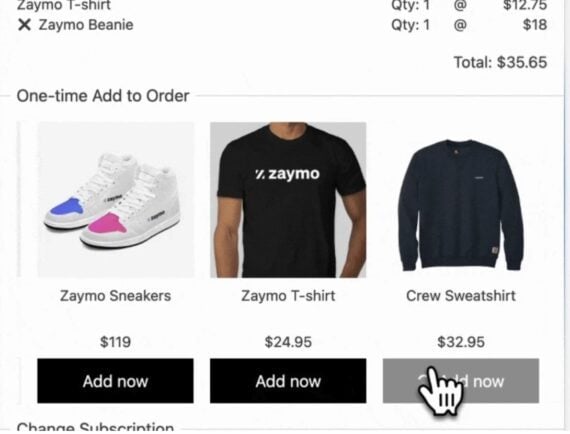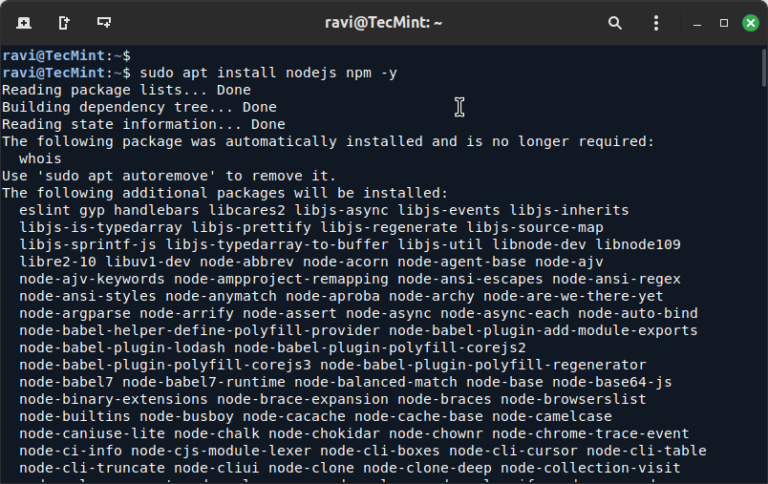Ecommerce marketers eager to increase revenue from email campaigns may have a stellar opportunity in a seemingly forgotten technology.
Zaymo, an interactive email builder, deploys the technology for its clients, as does Mailmodo, a similar provider, which claims a 71% revenue increase in clients’ emails.
AMP for Email
The secret to Zaymo’s and Mailmodo’s email performance is Accelerated Mobile Pages, an open-source framework launched by Google in 2015 to encourage faster web pages on smartphones. A subset, Accelerated Mobile Page (AMP) for Email, enables marketers to create dynamic and interactive emails that respond like a website.
“Interactive emails bring your ecommerce store right inside the email. Rather than redirect customers and make them hop through multiple web pages and forms, interactive emails enable marketers to add items to a cart inside email for quick checkout,” wrote Mailmodo’s head of marketing, Zeeshan Akhtar, in an email message to Practical Ecommerce.
Permitting shoppers to swipe through product carousels, interact with product variants, and ultimately make a buying decision — in the inbox — removes most of the friction and may significantly increase revenue.
Moreover, AMP for Email could also improve open rates. Jaina Mistry, director of brand and content marketing at Litmus, explained, “Interactive emails using AMP for Email create more opportunities for the recipient to engage with your email. So yes, it can have a positive impact on your deliverability by improving engagement.”

AMP email example from Zaymo. Click image to view the GIF.
Problems
AMP for Email looks an awful lot like HTML. The differences are in the tags, not the structure. Nearly any web developer could construct an AMP email, although tools such as Zaymo and Mailmodo make it relatively easy, depending on the ecommerce platform.
But before ecommerce marketers race to implement this email conversion panacea, there are at least two problems.
First, AMP for Email won’t work for every email. According to Brice Douglas, CEO and co-founder of Zaymo, the technology works in only a third of inboxes.
Litmus’s Mistry agrees, noting, “AMP for Email is currently supported by Gmail, Yahoo Mail, FairEmail, and Mail.ru. While Gmail does account for 30% of email opens, according to Litmus, AMP for Email is not supported in Apple Mail — the most popular email client.”
And that’s only half of the problem. Mistry continued, “For marketers to take advantage of AMP for Email, their email service provider needs to support the ability to build and send AMP-powered emails. There are hundreds of providers, but only about 30 actually support the creation of emails using AMP for Email.”
Second, AMP for Email seems nearly forgotten.
For example, at the time of writing, the AMP’s Slack community has not posted an update since February 2022, and the community’s #using-app channel had just 53 posts in the past five months.
One might argue the inactivity means that AMP for Email works well, but lack of interest is more plausible.
“The community has been quiet for a host of reasons. AMP itself is an open-source framework, so it is unlikely to be dismantled. However, there is always a possibility that Gmail could cut its support of AMP. It is very unlikely but possible,” wrote Zaymo’s Douglas in response to my questions.
Hence a more active community and broader AMP demand could spur Apple and other email providers to get on board.
How AMP Works
Most AMP for Email tools create a series of inbox fallbacks. They first deliver an interactive and dynamic experience with AMP. If it doesn’t work, they use CSS, HTML, or proprietary techniques to approximate AMP’s performance.
Thus shoppers using Gmail and Yahoo (which support AMP) get a compelling ecommerce experience in their inboxes. Folks using Apple Mail and others benefit too, with a fallback experience at least as good, if not better, than the ecommerce messages they receive now.
Using this approach, Zaymo claims to provide some interactivity in about 80% of email inboxes.
Ecommerce marketers interested in trying AMP for Email will need to research.
- Check out interactive email tools such as Zaymo and Mailmodo that integrate with the ecommerce platform.
- Ensure the store’s current ESP supports sending AMP messages.
- Register with AMP to send the messages.
- Test to learn what works best.
In short, AMP for Email can help merchants stand out in crowded inboxes while streamlining the path to purchase. The technology’s ability to create app-like experiences within email transforms static messages into revenue generators.






